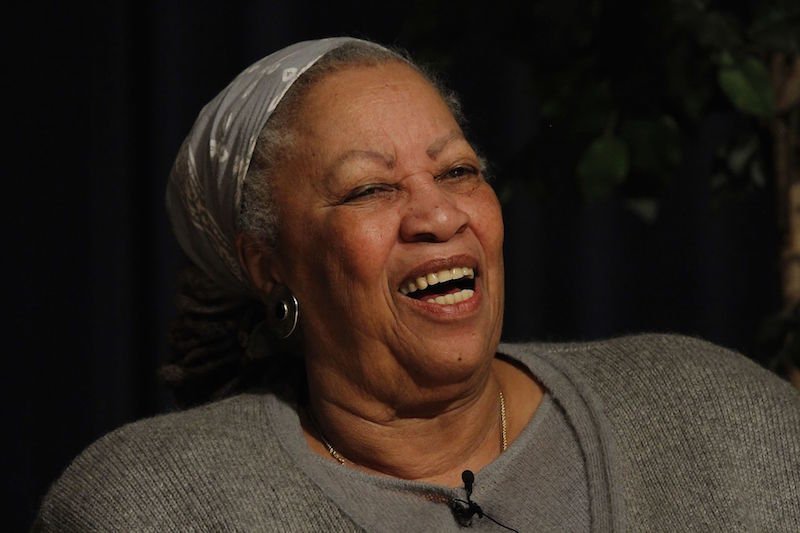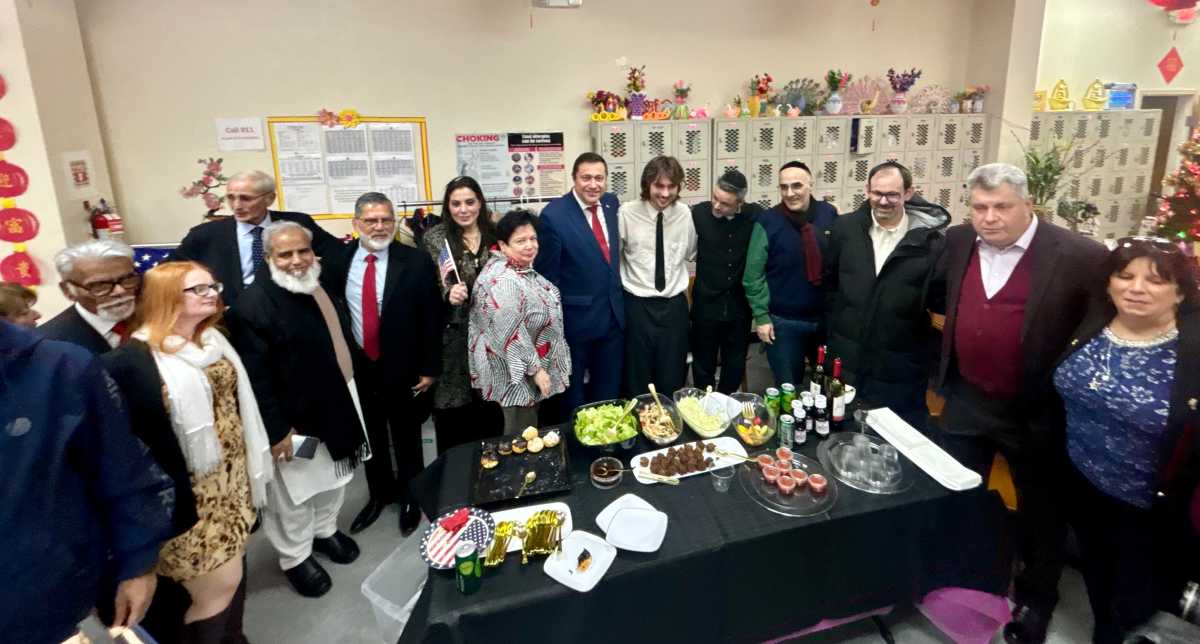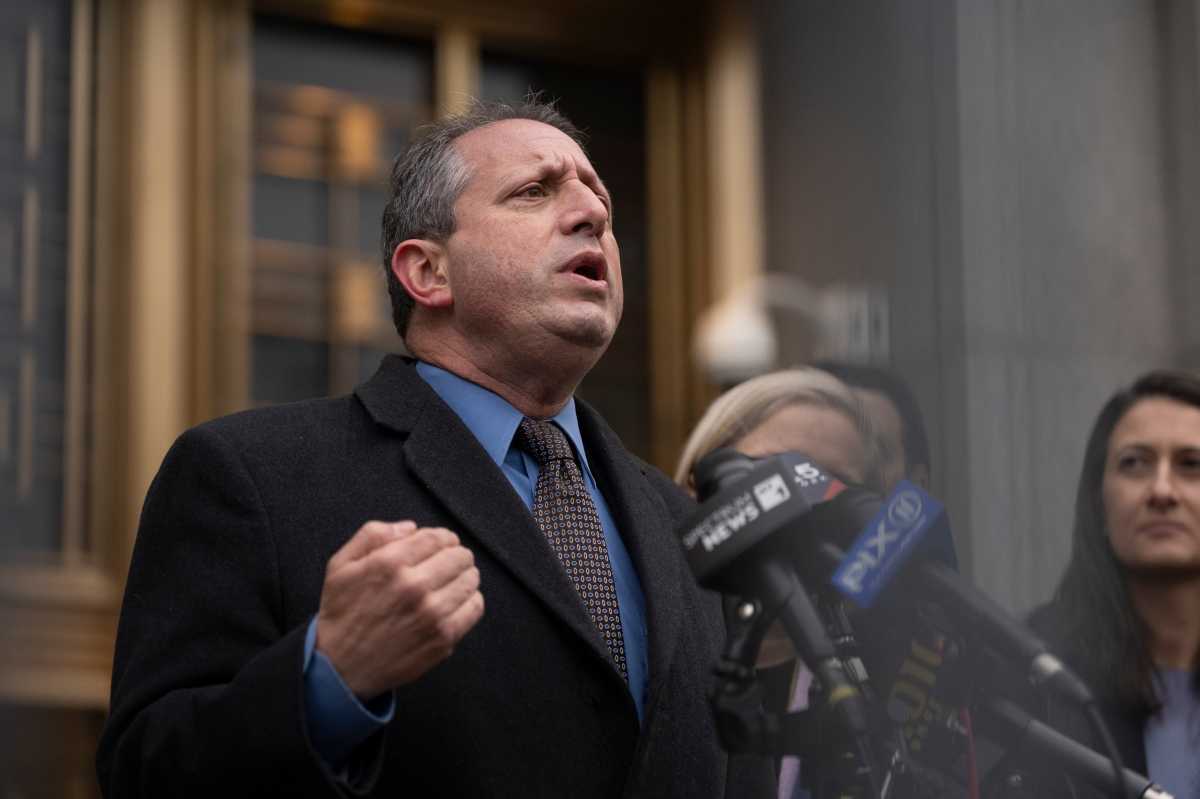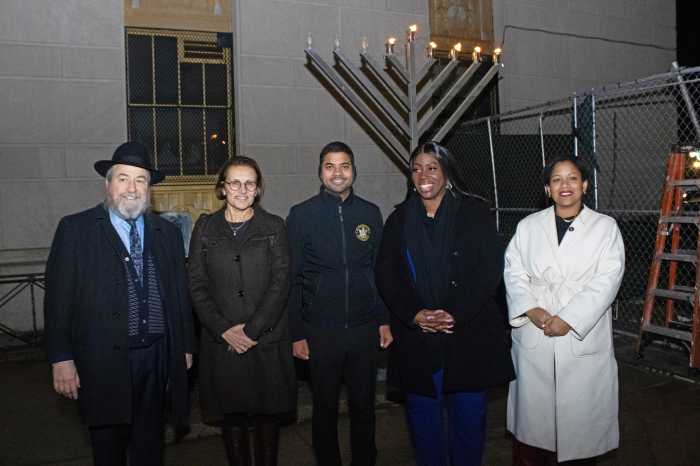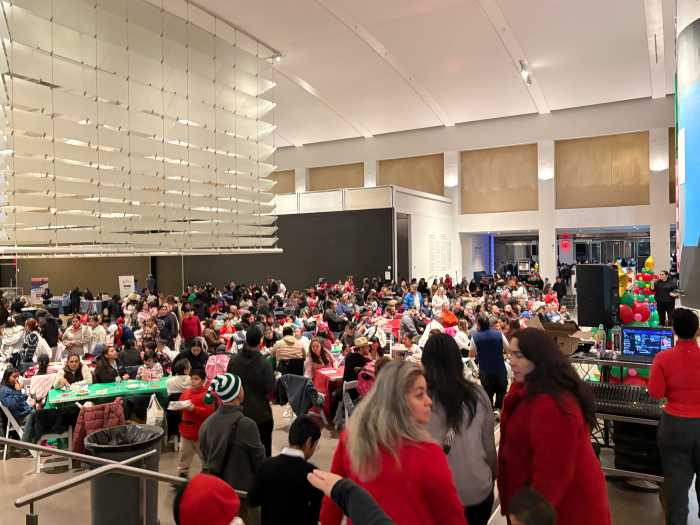Nobel-laureate. Presidential Medal of Freedom Recipient. Acclaimed Novelist. Howard and Cornell Graduate. Random House Editor.
All these labels composed the pieces of the Toni Morrison we knew from the books we read, the interviews we watched, and the lectures we listened to in any level of academic institution. From Sula to The Bluest Eye, Toni Morrison handled content and language like no other, allowing audiences of all cultures to indulge in the life of an oppressed, saddened woman of color navigating through the trenches of life.
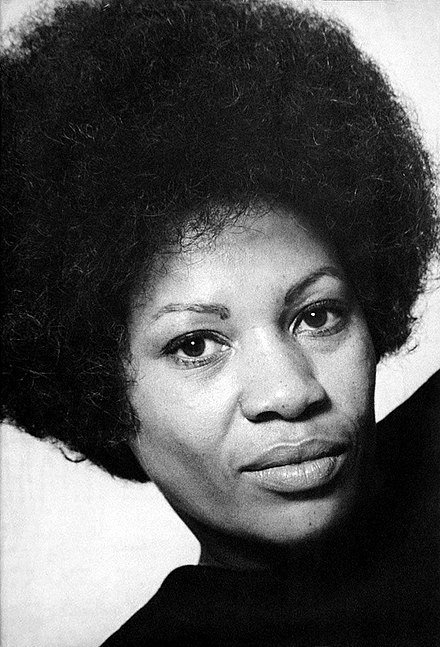
We all knew a Pecola, struggling with her interior oppression and self-loathing for a desire to possess white features. We all knew a Sula, a culturally defiant, free-spirited, independent black woman marked by her morally ambiguous ways. And we definitely knew a Sethe, a mother doing what society considers bizarre to ensure her children doesn’t endure an enslaving lifestyle. Morrison exhumed the stories of black women and men like bodies in an abandoned graveyard, hoping that they get a fair second chance in literature and history.
But now, we get the pieces we never knew we needed of Toni Morrison – a mother, a fighter, a lover- with the help of famed friends like Oprah Winfrey, Sonia Sanchez, and Walter Mosley, just to name a few.
Directed by Timothy Greenfield-Sanders, whom Morrison previously collaborated with in The Black List, Toni Morrison: The Pieces I Am shows the legend evolving from the middle child in Lorain, Ohio to being the esteemed novelist responsible for our best reads.
What was humanizing and inspiring about the project was to see Morrison not as an American hero, for which she is, but as a human character. We see her laugh at the revelation of her winning her Nobel Prize for Literature, getting the call from author Fran Lebowitz and poet Sonia Sanchez.
We see her at peace when she stares at the beautiful sunrise, reflecting on her best work being created best at this time of the day. We see her hustle, editing the works of greats like Angela Davis and Muhammad Ali, destined to perfect and clean up the narratives and testimonies of important black figures of that day.
But most of all, we see her at her most vulnerable, a single mother of two, grappling with editorial commitments, while grocery shopping and taking her kids to school.
Throughout the film, Greenfield-Sanders showcased abstract photography and paintings that correlated well with how many described Morrison’s work. A man reflected on a train that a woman’s response to Song of Solomon, saying, “It’s a hard read. But I can’t put this book down for some reason.” And that’s how powerful Morrison’s works are.
Morrison’s interviews showed Toni at her most revered: classy with her response to being considered a “black female writer” and why she doesn’t engage nor entertain the white gaze, poise in her reflection on meeting a young dark-skinned girl suffering from self-hate as a psychological effect of white feminine beauty ordeal, and didactic in engendering conversations around emotions and feelings when it comes to race rather than the politics and epistemology of ethnic relations in America.
However, this film unleashed another dimension of the 88-year old legend. A woman. A black woman. The only thing, according to Morrison, she only cherished was “to mother her children and write books.” Morrison’s unapologetic work still lives on today. From a film adaptation of her fifth novel, Beloved, to her collection of work published at Ivy League’s Princeton University.
Morrison passed away two weeks after the documentary was released in New York City. Rest In Peace, Ms. Morrison.
Toni Morrison: The Pieces I Am is currently shown in Brooklyn Academy of Music for a limited release. Check Out the Trailer.


